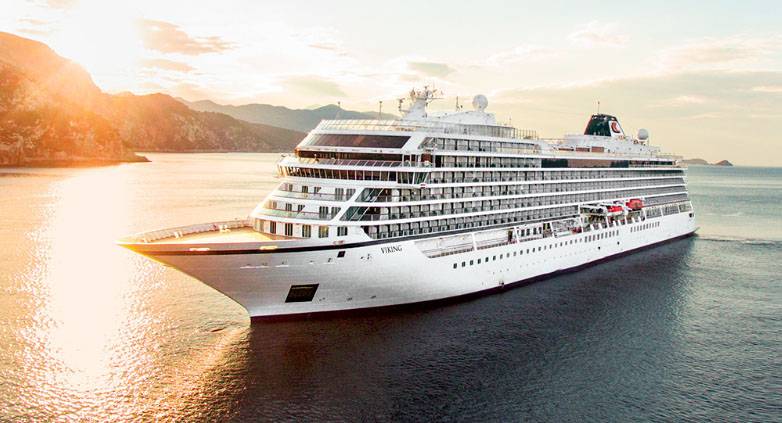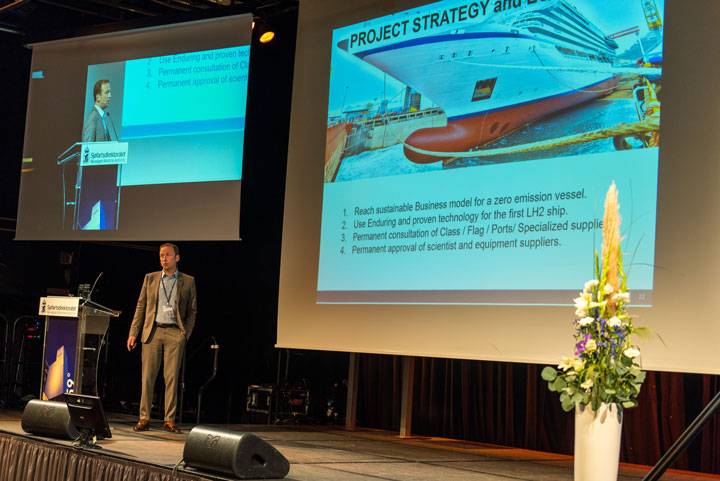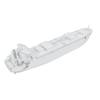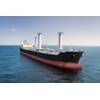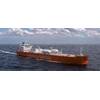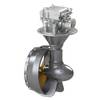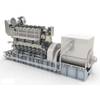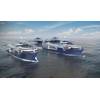Viking Cruises is reportedly working on a project to develop a vessel fuelled by liquid hydrogen that could become the world’s first cruise ship with zero-emission technology, according to the Norwegian Maritime Authority (NMA).
NMA said the announcement was made by Viking Cruises project manager Serge Fossati during the Safety at Sea Conference in Haugesund.
“This is a world sensation. Very exciting. If they pull this off, a distribution network may be established, which will enable others as well to use hydrogen as fuel, and could contribute to a zero-emission shipping industry,” said Director General of Shipping and Navigation, Olav Akselsen.
Viking Cruises envisions constructing a ship based on the same design as its seagoing cruise ships, such as the Viking Sun. The ship will be around 230 meters long, and will accommodate more than 900 passengers and a crew of 500.
The shipping company has registered several new cruise ships in the Norwegian International Ship Register over the last few years, and the shipping company intends to register the new hydrogen ship in the NIS if it is realized, and is already in dialogue with the NMA.
“At Viking, we have always endeavored to look forward and to be at the forefront with regard to green shipping. As a Norwegian and with Norwegian ships, we want to lead the way to zero-emission ships through fuel cell technology. The road to that point is still long, but here at Viking we want to be ahead of the game,” says Chairman of Viking Cruises, Torstein Hagen.
So far, liquid hydrogen has not been used as marine fuel. One of the technical challenges is to maintain the fuel at minus 253 degrees to keep it from evaporating. A fuel cell will convert the hydrogen to electricity for propulsion and electric power on board. Hydrogen is also a very explosive gas, and protection against gas leaks is an important part of the safety requirements for the fuel.
“The ship will fly the Norwegian flag, which means that we have to vouch for the safety being just as good as on conventional ships. We believe that it is possible to solve those issues. We probably have a way to go before all the technical solutions are in place, but this is a very concrete project which has a high priority at Viking Cruises,” says Akselsen.
At present, liquid hydrogen is not produced on a large scale in Europe, but Fossati explained that Viking Cruises is in dialogue with Statoil in order to find a solution based on a Norwegian refinery. It also emerged that the shipping company wants to use Norwegian suppliers for the project, as far as possible. Several tender ships to carry the fuel to the cruise ship are also part of the project.
• 



